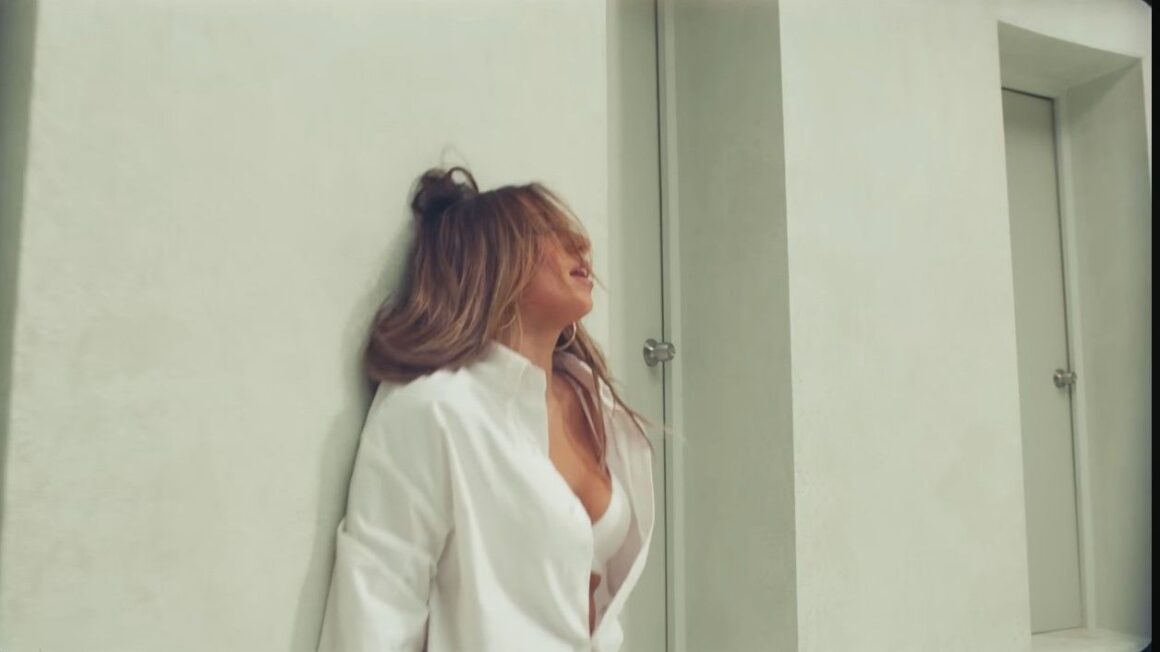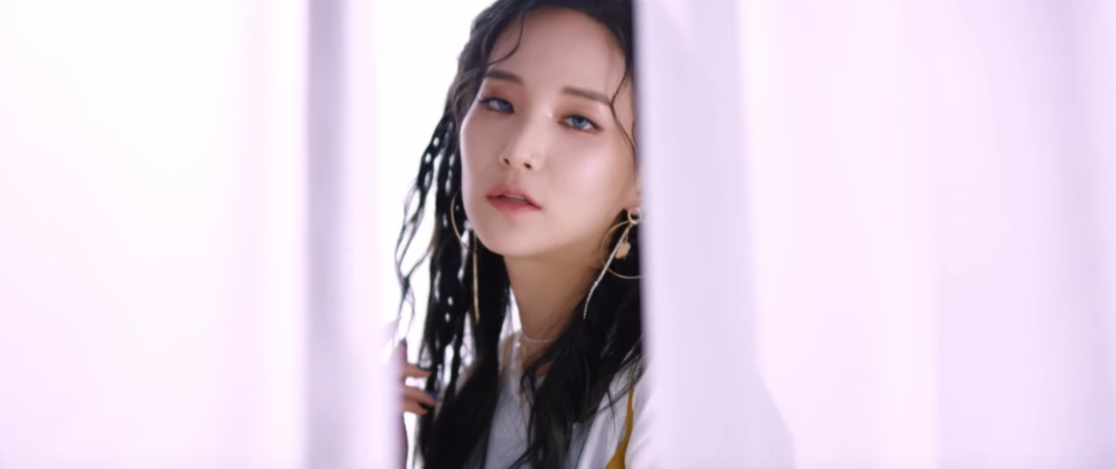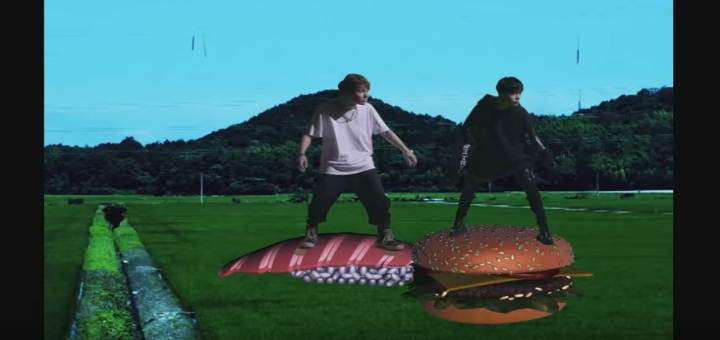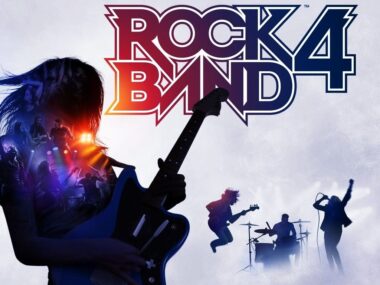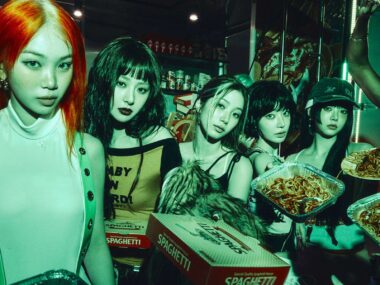Why do we keep going back to what hurts us?
That’s the question haunting the music video for Tate McRae’s Revolving Door, one of the singles from her 2025 album So Close To What.
At first glance, it’s deceptively simple: a white room, a few dancers, and a handful of doors. Beneath the surface lies a brutally honest portrayal of the cycles we fall into. Whether it’s love, life, or the internal tug-of-war that keeps pulling us back to something we know is no good.
A dance built on dysfunction
From the moment McRae walks into the room, the tension is palpable. She moves like someone caught between wanting to escape and knowing she won’t. The choreography is filled with repetition, mirrored movements, twisted limbs, jagged pacing.
Some motions feel unnatural, even uncomfortable, as if her own body is fighting itself. It’s a physical manifestation of emotional whiplash: the inability to move on, even when you’re exhausted.
Soon, other dancers join in and they all dance together. It isn’t long until all the dancers leave, closing the door on Tate before she can follow them. That isolation only makes the cycle feel more suffocating. The camera stays close, like it’s intruding on something deeply personal.
The room with fifteen doors
There are 15 doors in the white room. Each one representing a track on her album, each a different chapter in her emotional journey. Doors usually symbolize possibility, change, or freedom. Here, they mock her. She tries to walk out of one but it doesn’t matter. Because she’s going to find herself back where she started.
This is the central theme of Revolving Door. The illusion of choice in situations we’re emotionally stuck in. You may think you’re picking a new path, but you’re just spinning in circles, wearing the same scars, hitting the same walls.
Vulnerability as performance
What makes Revolving Door hit so hard is how un-performative it is. McRae doesn’t deliver a polished pop routine designed to impress. She moves like someone dancing alone in a rehearsal studio at 2AM. She’s exposed, chaotic, and barely holding it together. At one point, she literally collapses and for an entire minute, she sits and cries.
That breakdown is more than a nod to the lyric “I need a minute.” It’s a moment of pause in the cycle, a flash of self-awareness. Then like clockwork, she gets up.
“Again?” she asks, broken and barely audible. And just like that, she returns to position, ready to start the routine once more.
Why do we do this to ourselves?
Revolving Door isn’t just about a toxic relationship. It’s about the choice to stay stuck. The choreography, the symbolism, the locked doors. They all point to the same internal struggle: knowing something is bad for you but not knowing how to stop going back.
Maybe it’s comfort or maybe it’s fear. Maybe it’s the belief that this time will be different.
By the end of the video, it’s clear that awareness isn’t always enough. You can cry. You can pause. You can scream “I’m done.” Yet… somehow, you’re right back where you started.
The real heartbreak? You’re the one choosing the door.
What makes Revolving Door so devastating is that it doesn’t offer resolution. There’s no big breakthrough, no triumphant escape.
It’s a reminder that emotional growth isn’t always linear. Sometimes it’s slow. Sometimes it looks like standing still. And sometimes, even when you know better, you still walk through the wrong door.
Maybe recognizing the pattern is the first step to breaking it. Revolving Door isn’t just about being trapped but it’s about learning to see the trap for what it is. If you can see it… maybe, eventually, you can choose not to walk through it.
